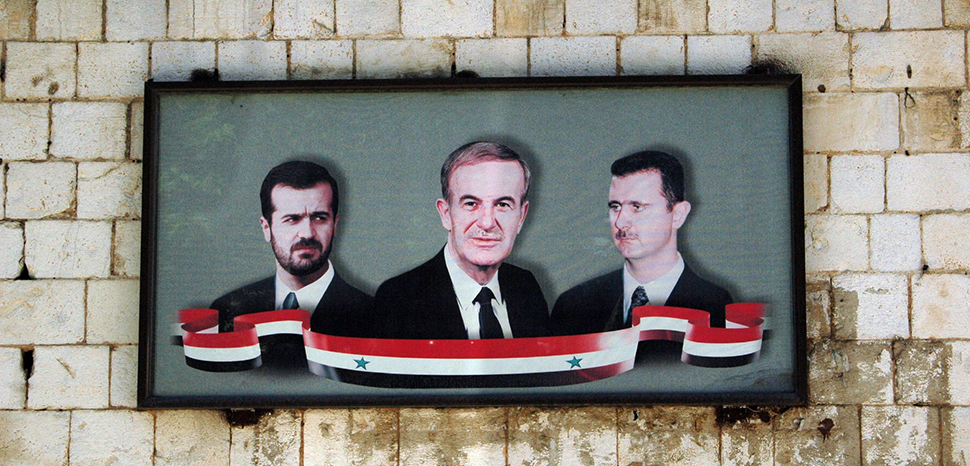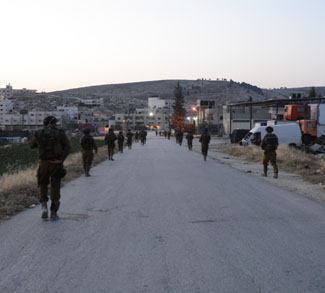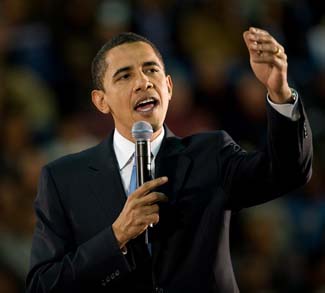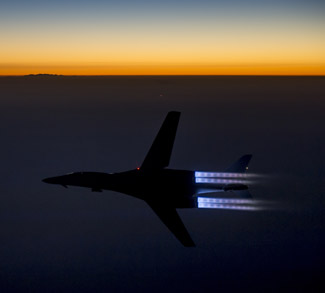Lebanon was once known as the most prosperous nation in the Middle East to emerge from the post Sykes-Picot map, despite the inherent flaws in the Levantine nation. Heightened sectarian disputes, economic inequality, pan-Arabist nationalism, and regional disputes would eventually lead to the extremely brutal 15-year Lebanese Civil War, a conflict that killed 150,000 civilians and combatants. Dozens of militias, all attached to various ideologues, took part in hundreds of armed clashes, some of which pitted former neighbors against each other. Several countries played a major role in the carnage, such as Israel and Syria, with the latter ultimately enacting a 30-year occupation of Lebanon.
The three-decade Syrian occupation was quite brutal. The “elections” that took place were nothing more than a sham with handpicked people to lead a corrupt government. There were assassinations of key political figures and mass detention of political dissidents without due process, which happened quite frequently. To this day the fate of hundreds of Lebanese in Syrian prisons remains ambiguous and quite frightening given Syria’s Baathist Party methods of torture and abuse.
Syria formally intervened in the Lebanese Civil War, originally fighting the Palestinian militias, but then enacting their own imperialist ambitions, claiming Lebanon as part of “Greater Syria.” In order to solidify this hold, Syria would rely on two militias that generally supported the Syrian occupation: Hezbollah and Amal. Both were Shia militias, largely marginalized in Lebanon due to the French-implemented political system, but both rose to become major parties in the country’s current political context. The decisive conflict that solidified the occupation was the War of Liberation against the Lebanese Army, led by Michel Aoun, who was chased from his presidential palace in Baabda and into exile in France for several decades. The Treaty for Brotherhood, Cooperation, and Coordination created by the Syrian government and Lebanese puppet government essentially gave Syria impunity to do as they wanted in Lebanon under the justification of it being a “security issue.”
The Syrian government would eventually disarm all of the militias, except Hezbollah. Their justification was that Israel was still occupying the south; however, even after Israel’s withdrawal, Hezbollah was allowed to keep its weapons. The IRGC-created militia would play a major role as an enforcer of the occupation, along with it allegedly being tied to high-profile assassinations, such as that of former Prime Minister Rafik Hariri.
The occupational authorities didn’t hesitate to abuse Lebanese citizens who were wary of the geopolitical motives of Damascus. In March of 1996, five members of the Lebanese Popular Convention were detained solely for distributing leaflets critical of the occupation. There were several activist organizations who documented the abductions and unlawful detentions such as SOLIDE (Support of Lebanese in Detention and Exile) and the Association of Former Lebanese Political Detainees in Syria. Despite the efforts of these groups, there are still at least 650 Lebanese who remain detained in Syria from the occupation era. This has kindled hope for distraught families hoping that their missing loved ones are still alive; but despair as well, since Syria sent many of these activists to the notorious Sednaya prison in Damascus.
The Sednaya prison is infamous for the abuse, torture, and extrajudicial executions of detainees and prisoners—many of which were charged and sentenced under kangaroo courts set up by the Syrian government. According to an Amnesty International report, at least 13,000 people have been killed at the prison since the start of the Syrian Civil War. Identifying the victims has been difficult, as the Syrian intelligence employs mass graves to hide their crimes. One can only imagine how many Lebanese were killed in this prison since the Syrian occupation in 1976.The
Syrian occupation left a deep scar on Lebanon still felt to this day. Syrian allies fought to expand Damascus’ influence in Lebanon during the Cedar Revolution, including Hezbollah, Amal, Marada, and the Free Patriotic Movement amongst others. Hezbollah still maintains close ties to Syria, sending thousands of fighters over the border to prop up Assad and funnel Iranian weapons through the Bekaa Valley with Syrian military help.
Lebanon has endured horrors most people cannot imagine, with scars running deep during an economic collapse, the 2020 destruction of Port of Beirut, and heightened sectarian tensions throughout the nation. International organizations such as the United Nations must continue to apply pressure on Syria to disclose the fate of missing Lebanese before any renewed normalization takes place.
The views expressed in this article belong to the authors alone and do not necessarily reflect those of Geopoliticalmonitor.com




